
In 1960, the first commercial copies of the ZAZ-965 left the automobile plant in Zaporozhye, which was destined to become the first more or less "people's" car of the USSR. The Cossacks went on trips across the country, made their way through the mud to summer cottages, and later were repeatedly recalled in jokes.
Yuvilyar: "Zaporozhets", which you probably did not know
In short, the car is iconic and just turned 60 years old . On this occasion, we decided to recall the special and rare Cossacks.
NAMI-059
It's no secret that the original "Zaporozhets" was supposed to become "Moskvich": the project of a compact rear-engined car was developed by MZMA together with US. And the first prototype of the future ZAZ-965, presented in 1957, was called "Moskvich" -444. However, later the design documentation was transferred to Zaporozhye, where the serial production of the model began.
However, the Automotive Research Institute did not leave the project, even when it changed residence. Therefore, NAMI periodically offered options for modernizing the Soviet bestseller. One of the first such options is NAMI-059, which appeared even before the ZAZ-965 became serial.
It was a fiberglass “shooting break” based on the ZAZ-965, more precisely, on the basis of the Moskvich. The project was led by Boris Fitterman, and the design was developed by Yuri Dolmatovsky. With all the outward resemblance to the Zhuzhik, NAMI-059 can hardly be called a copy of the ZAZ-965. He even had a different engine - a two-cylinder one that was installed on the motorcycle of the same name and Moskvich. The car was first shown in 1958, but the production version never happened.
ZAZ-965S
The famous "humpback" was produced from 1960 to 1969. In addition to the basic versions 965 and 965A, the model was available in versions for the disabled (965AB / 965B / 965AR), and for export - 965AE, also known as Yalta. But for special purposes, there were special modifications that were not offered to the ordinary Soviet proletarian.
One of them is ZAZ-965S, where "C" is "communication". The modification was produced from 1960 to 1962 by order of the USSR Ministry of Communications and had a number of features that made it convenient for collecting letters from mailboxes in cities. The main one is the right-hand placement of controls. Thanks to the right steering wheel, the postman-driver immediately went to the sidewalk and got the fastest and safest access to the correspondence in the boxes.
The letters themselves were stored on the rear platform of the Zaporozhets, the one where, as a rule, the rear seats were located. It withstood up to 150 kilograms of payload and, thanks to blank walls instead of rear side windows, was almost completely cut off from sunlight, which, of course, is a plus for paper.
Outwardly, the “connected” was distinguished by characteristic side air intakes that drove air to the V4 from the Melitopol Motor Plant, as well as “communication” inscriptions in place of the former side windows. Not a single copy of the 965C has survived to this day - all of them were mercilessly cut into metal after the end of their service life. Rumor has it that just over 600 of these machines were built.


The letters themselves were stored on the rear platform of the Zaporozhets, the one where, as a rule, the rear seats were located. It withstood up to 150 kilograms of payload and, thanks to blank walls instead of rear side windows, was almost completely cut off from sunlight, which, of course, is a plus for paper.
Outwardly, the “connected” was distinguished by characteristic side air intakes that drove air to the V4 from the Melitopol Motor Plant, as well as “communication” inscriptions in place of the former side windows. Not a single copy of the 965C has survived to this day - all of them were mercilessly cut into metal after the end of their service life. Rumor has it that just over 600 of these machines were built.


ZAZ-965P

Almost every automobile enterprise in the USSR had pickup trucks for in-plant needs. Such machines helped deliver oversized parts to assembly lines, remove production waste, and so on. At VAZ, a similar car was based on a "penny", at GAZ it was made from the Volga. Zaporozhye Automobile Plant also did not lag behind.
The first, of course, was a pickup truck based on the ZAZ-965, which was assigned the index 965P. The car was made as simple as possible: the roof was cut off over the rear part of the passenger compartment, a bulkhead with a window was installed between the front row and the resulting trunk - and that's it, go ahead to change! True, due to the small carrying capacity of the Zaporozhets itself, as well as the peculiarities of its layout (the motor was still in the rear overhang), the pickup did not differ in practicality.
The production of 965P was carried out on the basis of rejected conventional bodies. Although this version was never mass-produced, several copies nevertheless fell outside the factory gates. And in the period from 1990 to 1992, the production of pickups at ZAZ became more or less massive at all. True, they were already based on a more modern model 968M.
ZAZ-968AP
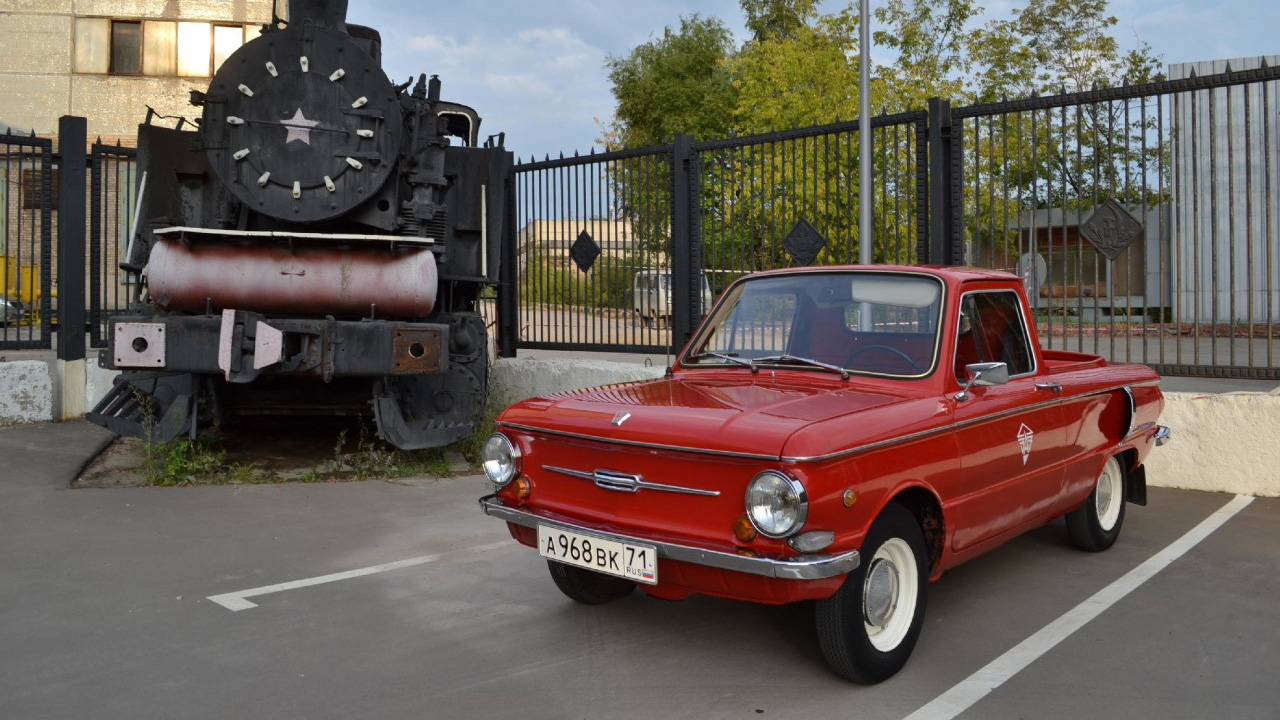
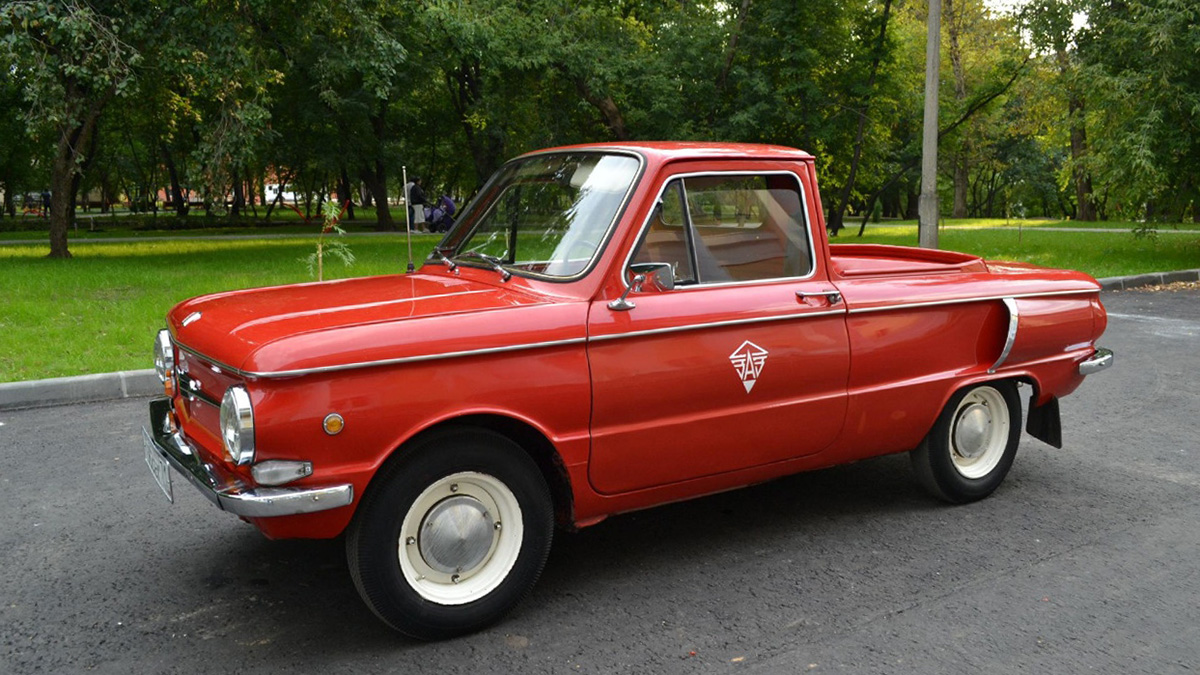
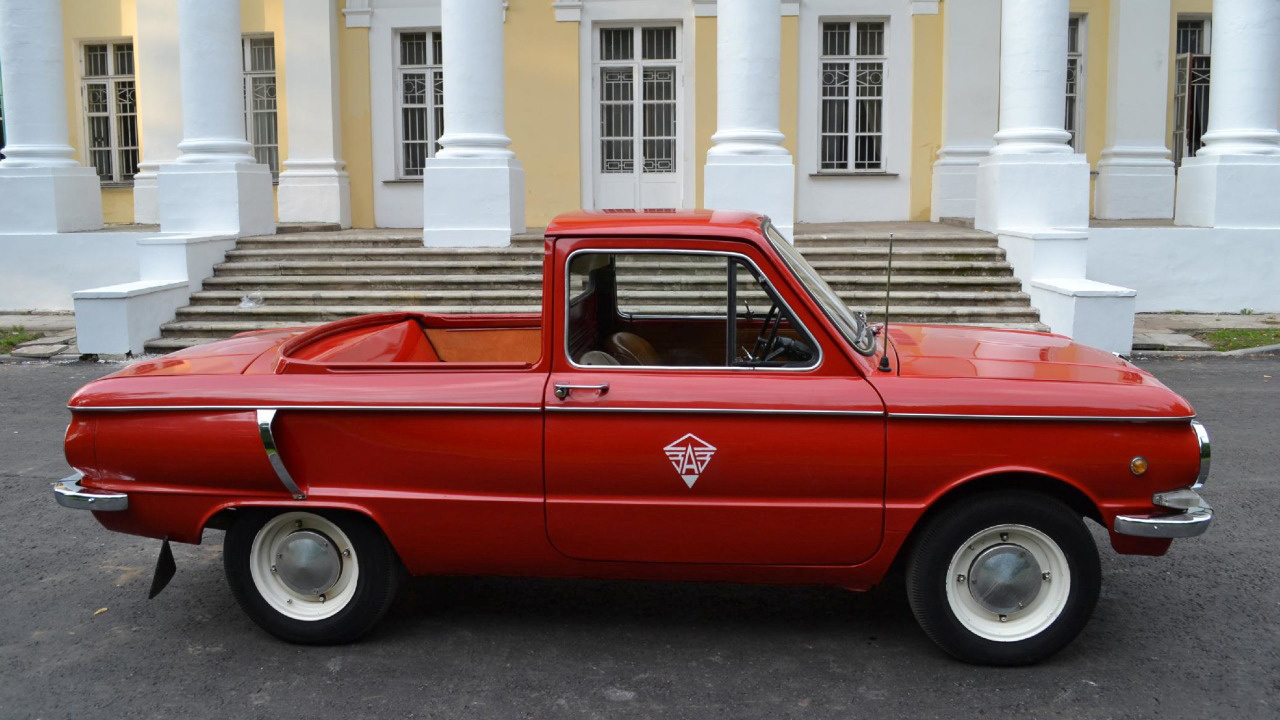
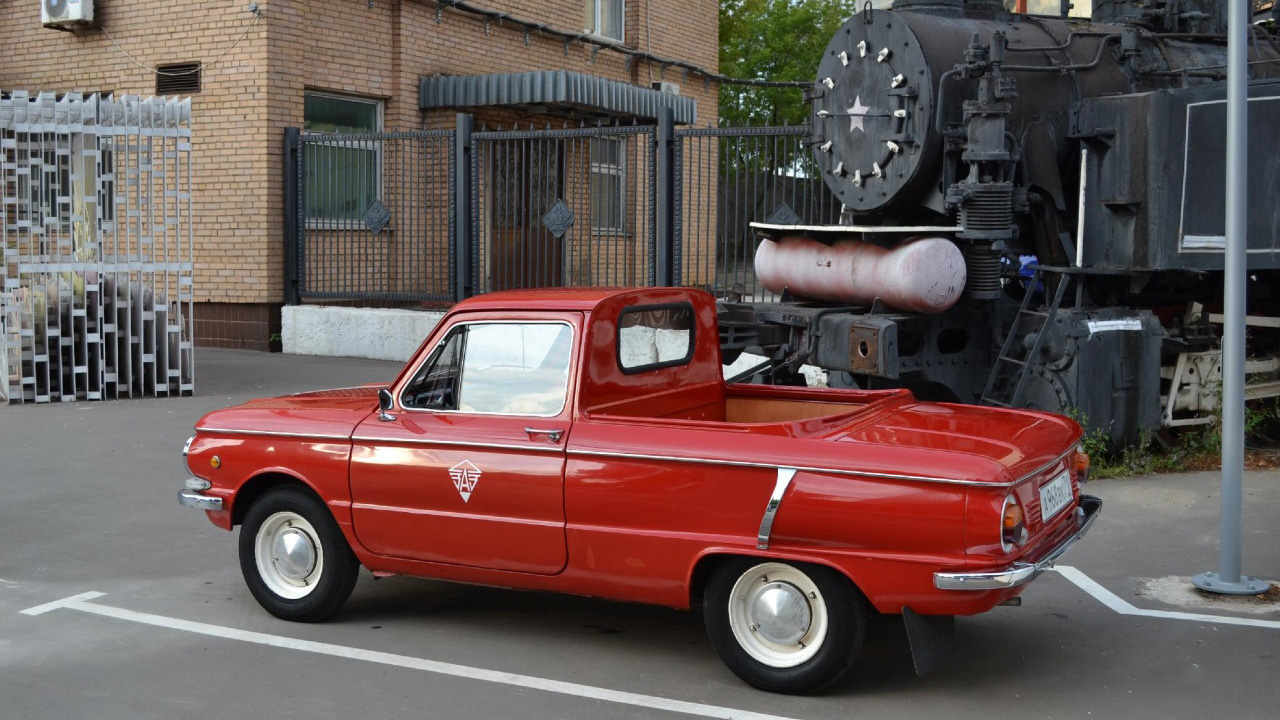
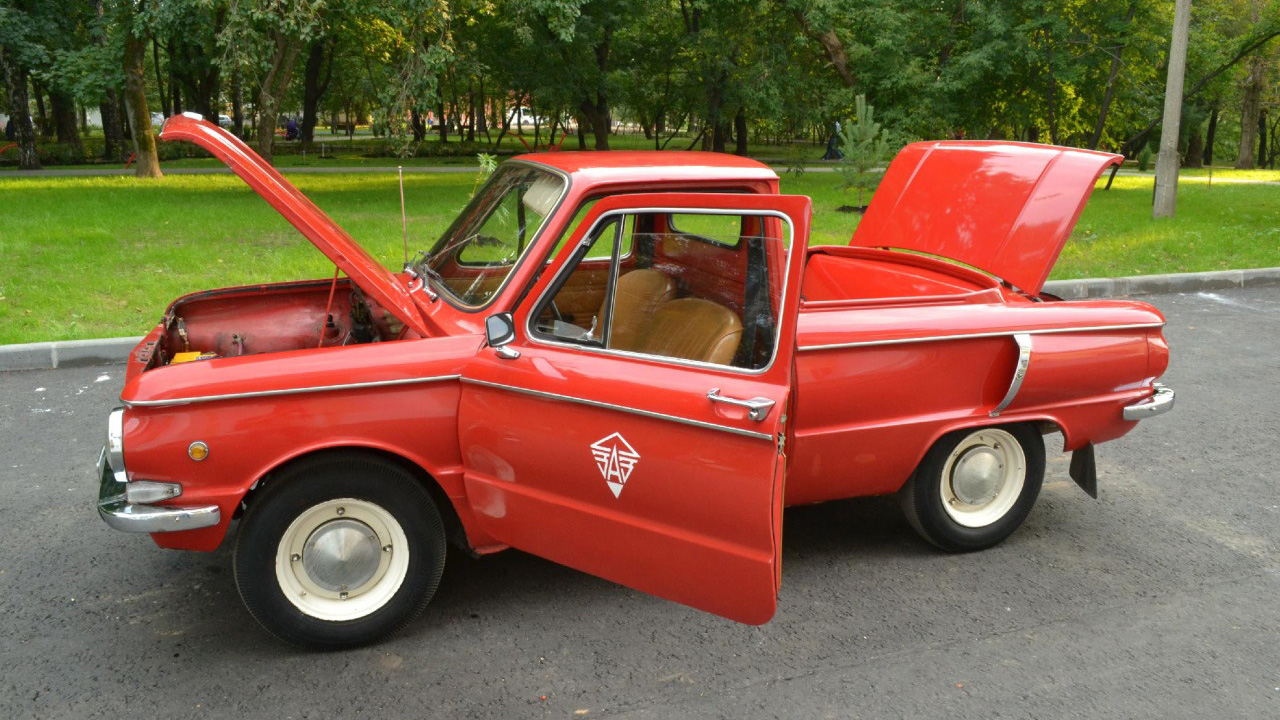
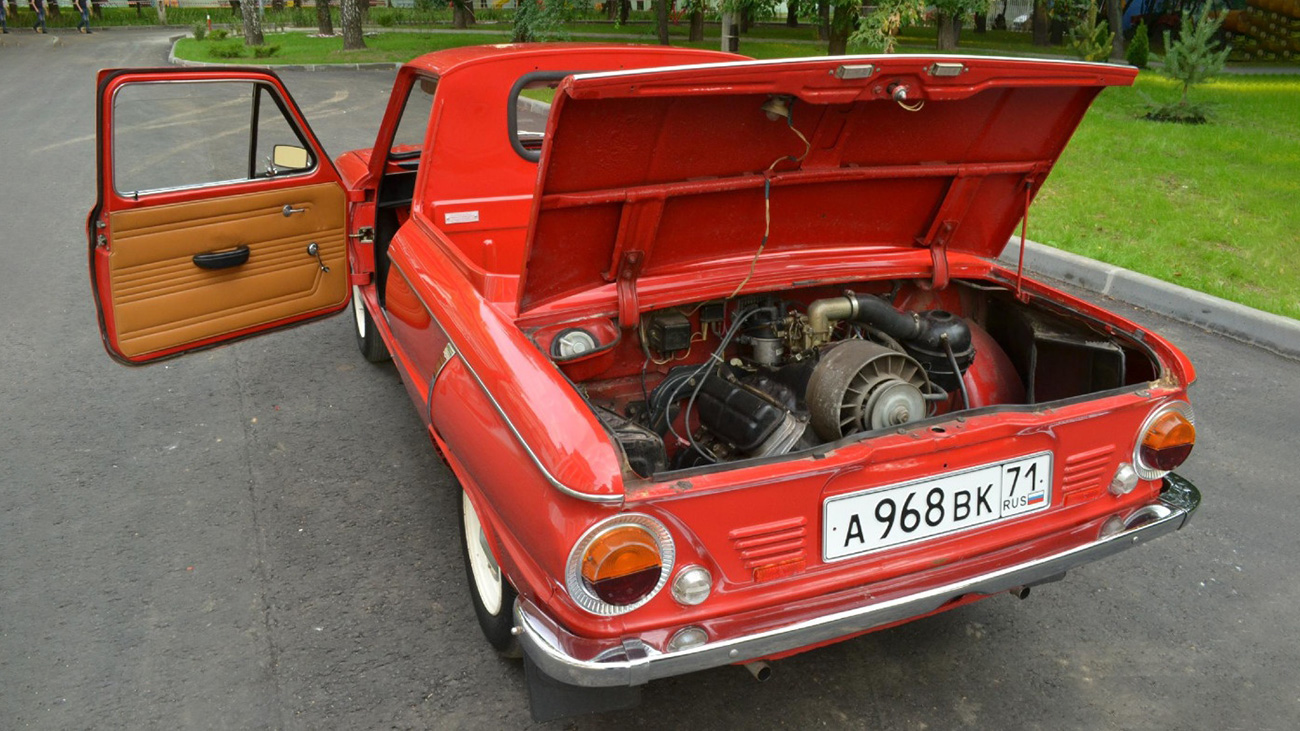
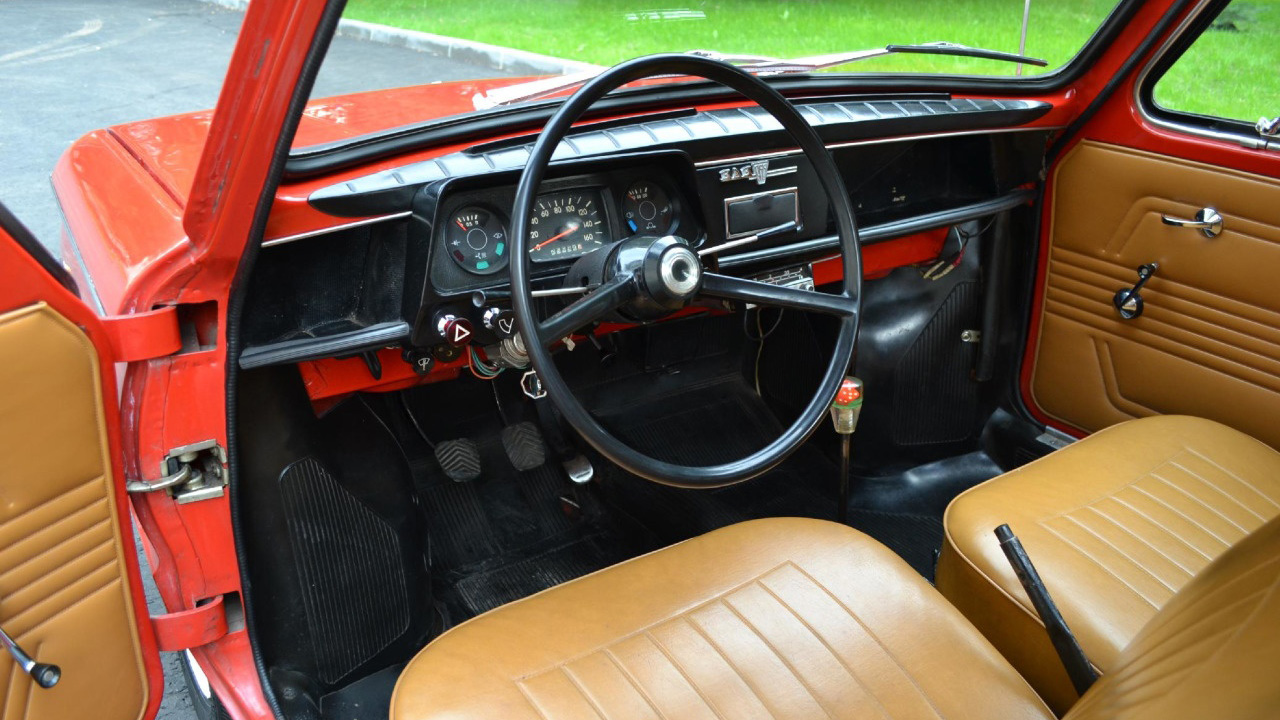
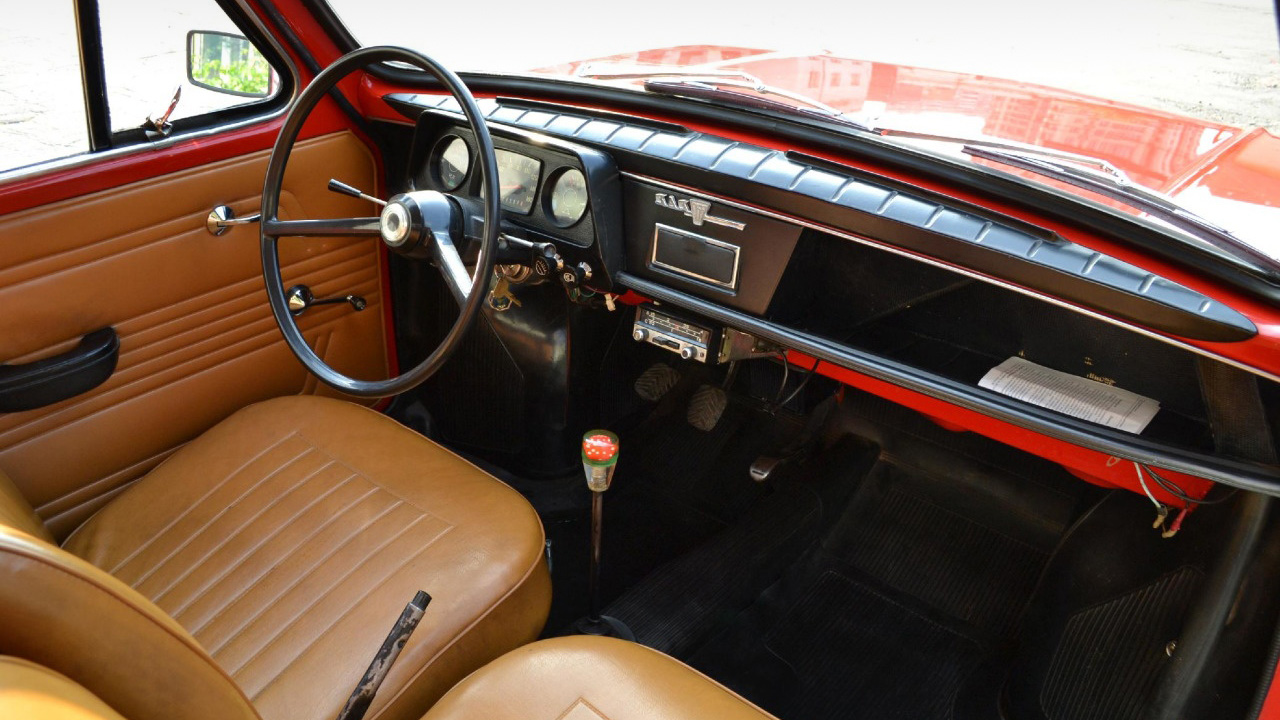
Actually, the same concept as the ZAZ-965P, but based on the pre-style version of the ZAZ-968. The recipe for creation is identical: a defective body with a partially cut off roof, a vertical wall and a new amplifier. However, unlike the serial 968MP, the 968AP was not intended for sale. Several of these machines were made at the end of the years, but there are very few details about this modification.
ZAZ-966
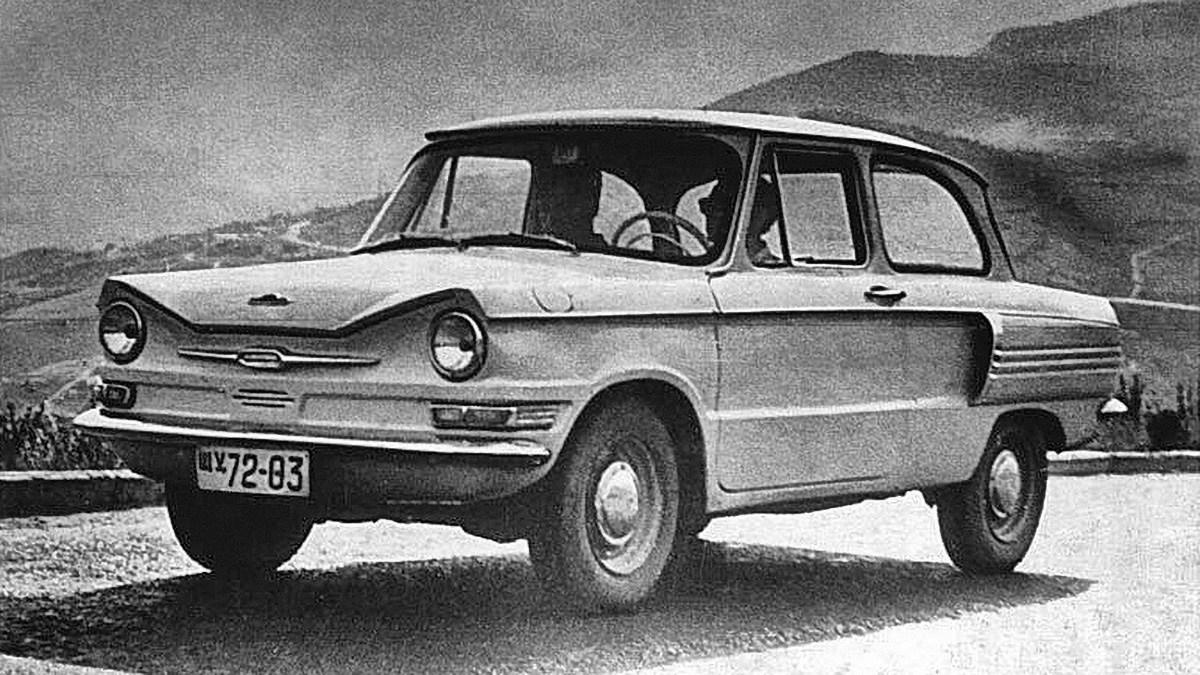
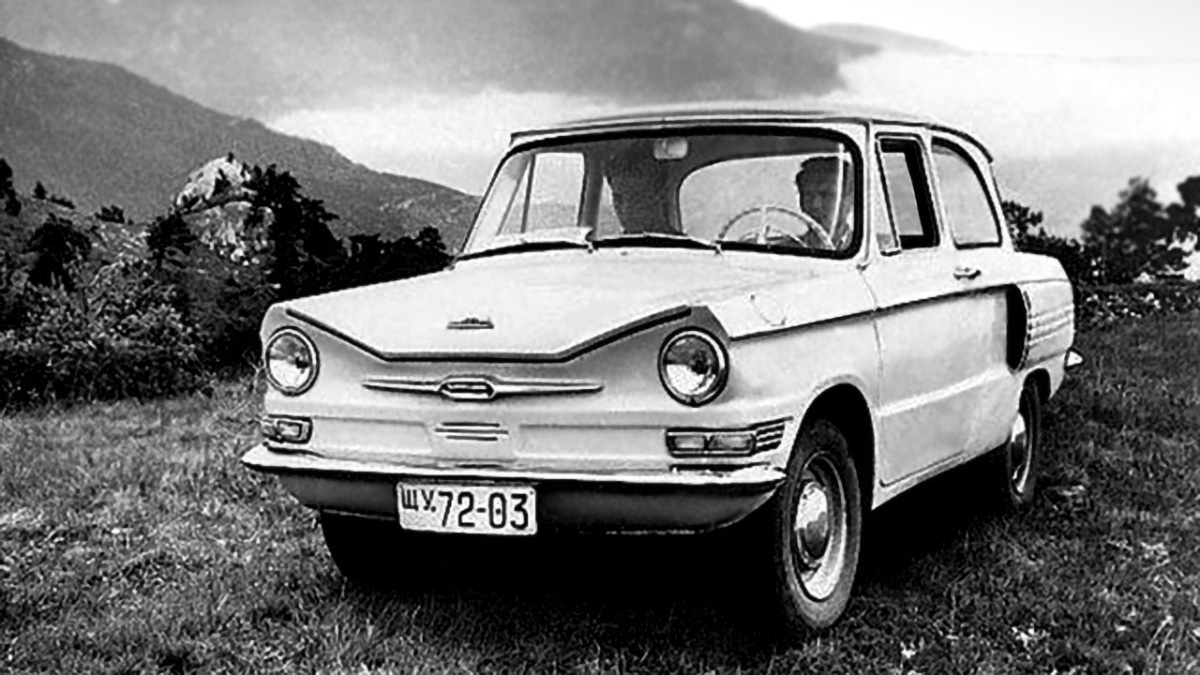
Although the release of the 965th model was launched only in 1960, a successor was already being developed at that time. For example, this is how the future ZAZ-966 was seen in 1961: embossed panels of the side air intakes, a complex front end with clearly marked “eyebrows”, side windows smoothly flowing down. But the serial one, as you and I know, has lost all these frills. It's a pity!
ZAZ-970
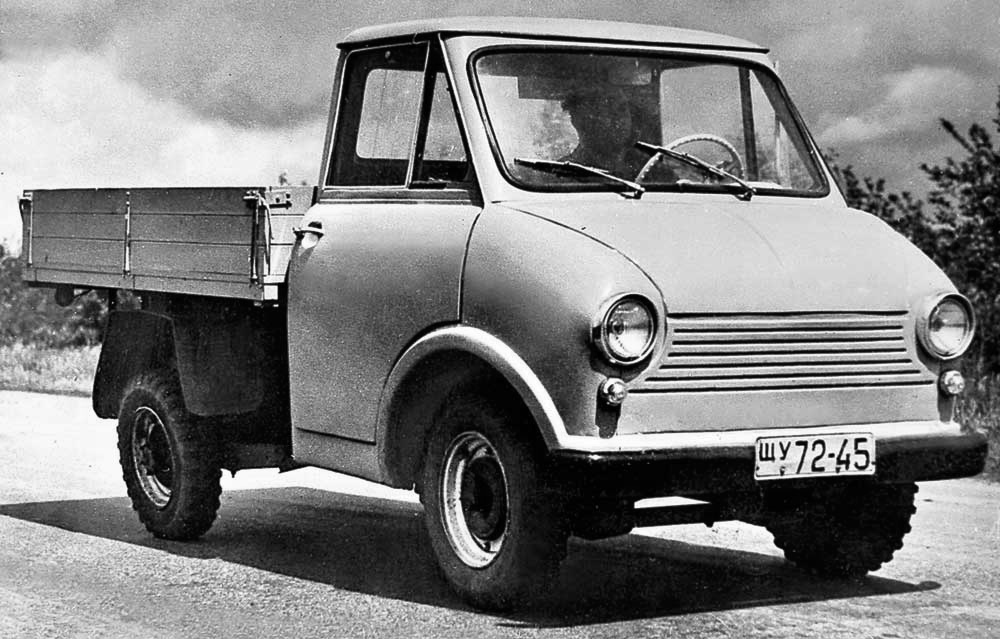
In 1961, at the Kommunar plant, under the leadership of Yuri Sorochkin, an experimental truck ZAZ-970 was created, which received the nickname "Tochilo". The very promising ZAZ-966 was at the heart of the car - although the body design opaquely hints at a relationship with the model.
The carrying capacity of the ZAZ-970 was only 350 kilograms, but the direction seemed promising. Moreover, in West Germany, such cars were also successful - we are talking about the original Volkswagen Transporter. True, the German model, due to the “lower” boxer engine, had greater practicality.
It even got to the point that Soviet newspapers enthusiastically wrote that the ZAZ-970 would soon become massive. But it didn't work out.
ZAZ-970B/970V

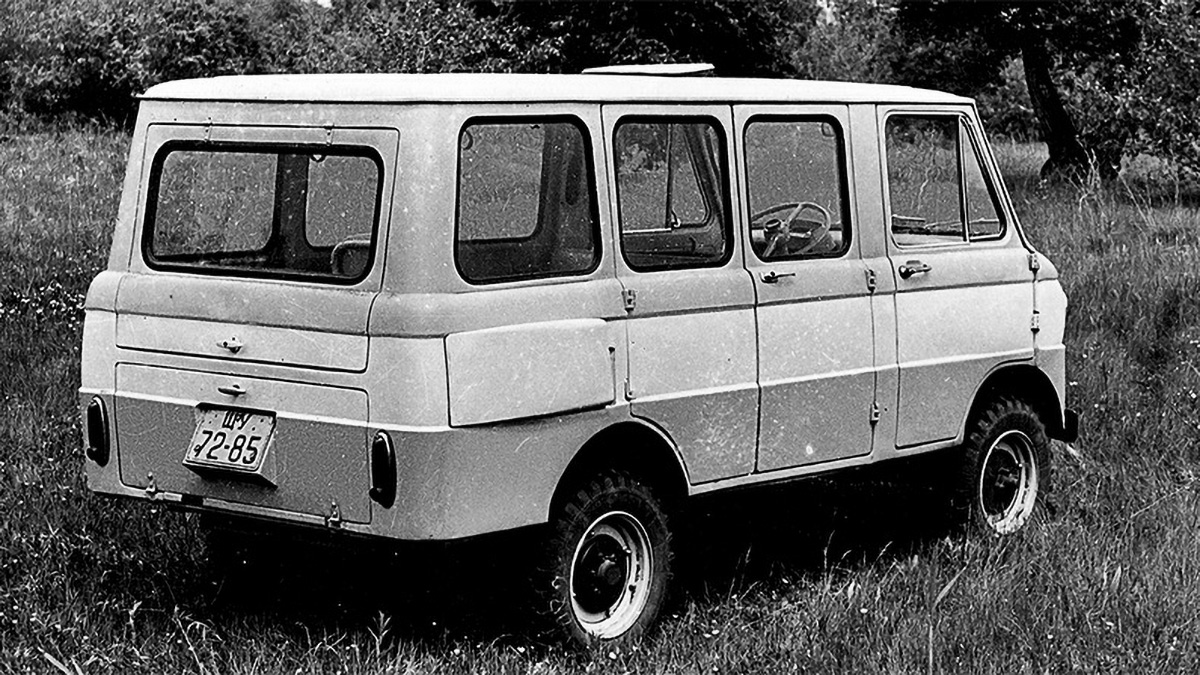
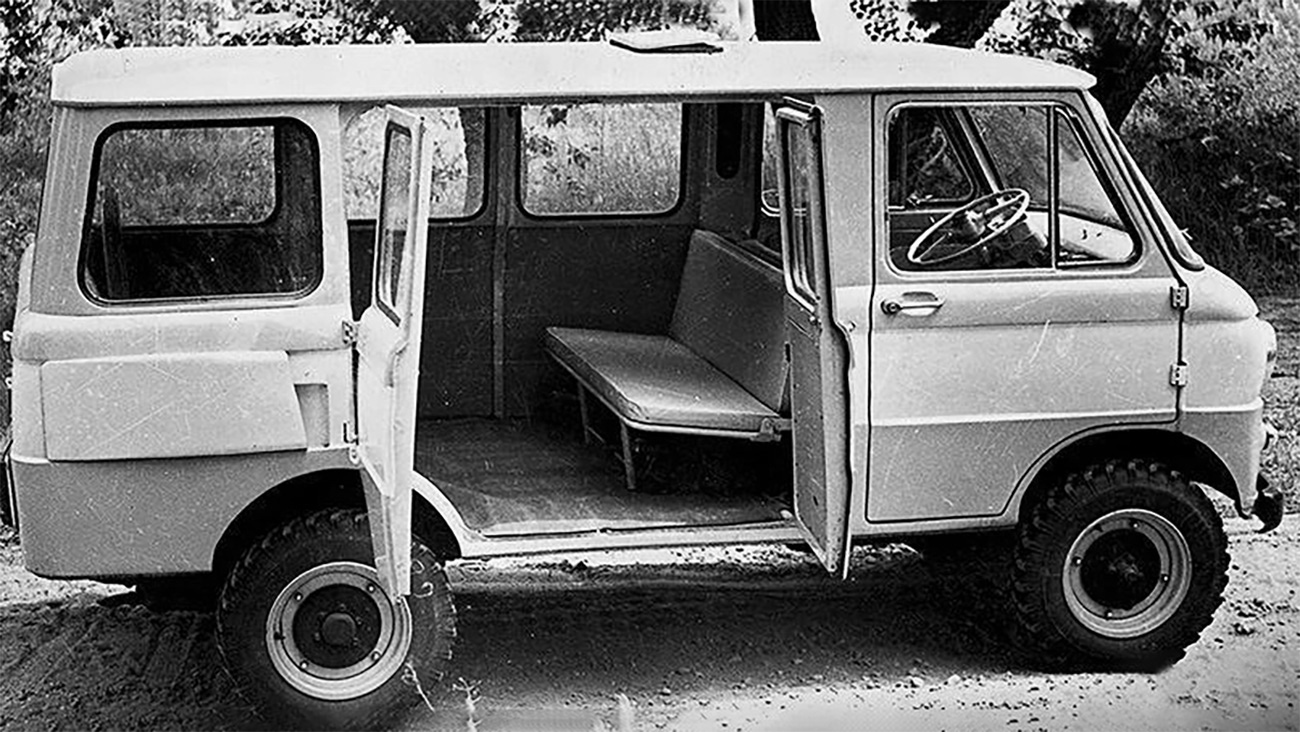
The ZAZ-970 truck became the starting point for the creation of a whole family of Tselina vehicles, which included a 970B cargo van, a 970V cargo-passenger van and a 970G pickup truck. The lead designer of the project was Lev Murashov, a native of MZMA.
Since the cars were planned to operate in off-road conditions, sufficient rigidity of the supporting structure was needed. Through trial and error, engineers settled on steel 0.7 mm thick, produced almost across the road - at Zaporizhstal. Later, all research results were sent to the VAZ, where they were used to create the Niva body.
Like ZAZ-970, 970B and 970V were built on ZAZ-966 units. The carrying capacity of both machines was 350 kilograms, while the cargo-passenger 970B could take these very kilograms either in the form of cargo or in the form of five passengers. The seats of the 970B were removable, so it could easily be turned into a truck. Both versions appeared in 1962. Like ...
ZAZ-970G
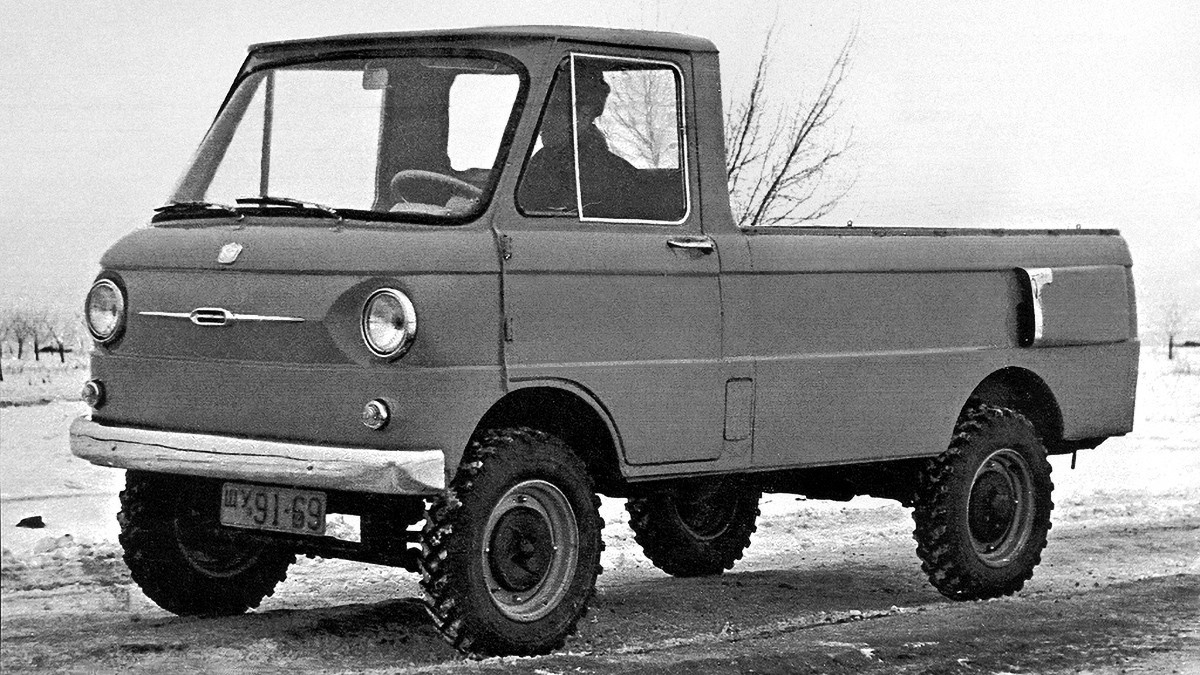
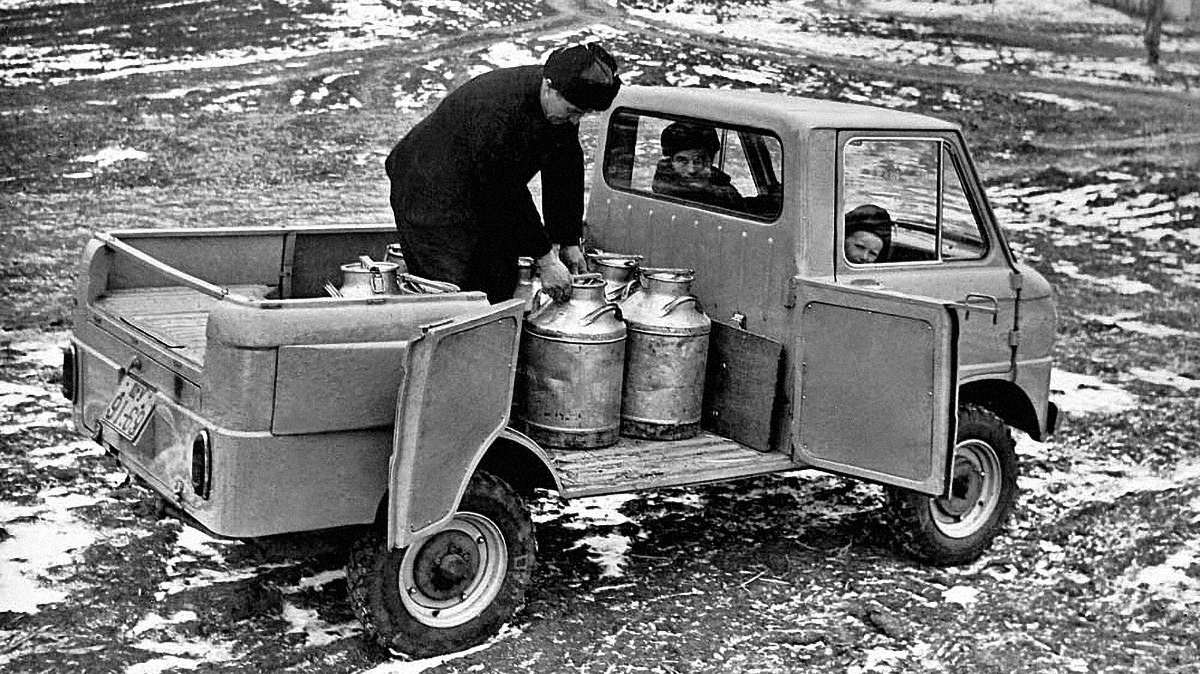
Like the 970G, it is the third member of this family. It differed from closed vans only in its carrying capacity, which reached 400 kilograms! 970B / 970V and 970G had excellent cross-country ability, but the high landing and loading height (half a meter) and the poor reliability revealed during the tests forced us to put an end to the project, which once seemed very promising.
ZAZ-971D
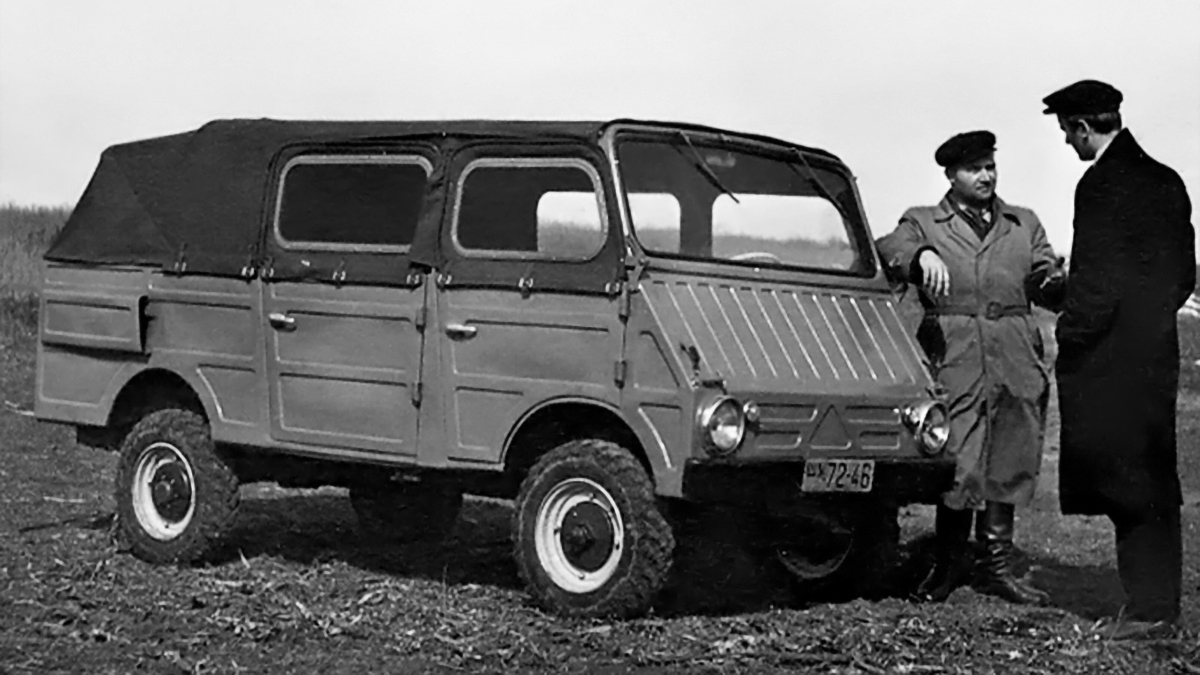

But ZAZ-971D was a little more lucky. The modification is the development of the ideas of the family in their version for the armed forces of the Soviet Union. There are unpretentious panels, and a phaeton-type body with a canvas cape, and all-wheel drive.
Five 971D prototypes were made (three in the long-wheelbase version, two in the short-wheelbase version), which were refined and tested on the territory of the Ukrainian SSR for three years. The conclusions of the tests were disappointing: the list of breakdowns and comments took eight landscape pages.
Nevertheless, the project did not go down in history unnoticed: the design documentation was useful in the development of the ZAZ-969 (which later turned into the LuAZ-969), as well as the TPK (LuAZ-967).
ZAZ-965 Experienced

When NAMI was working on the Moskvich-444, the institute was provided with several foreign analogue cars for dissection: Iso Isetta, Bond Minicar, Lloyd 600 and other little ones. But foreign cars turned out to be interesting not only in terms of technology, but also design. Therefore, they became a source of inspiration for a potential "restyling" of the ZAZ-965.
The photo shows one of the modernization options for the ZAZ-965, created in the first half. As you can see in the image, the "humpback" was supposed to get a more monumental front end, characteristic of Scandinavian and British cars of that period, as well as a false radiator grille with a sweeping inscription "Zaporozhets". But this option was rejected: the generous use of chrome elements would lead to an increase in the price of a people's car, which means a drop in its popularity.
Sport-900
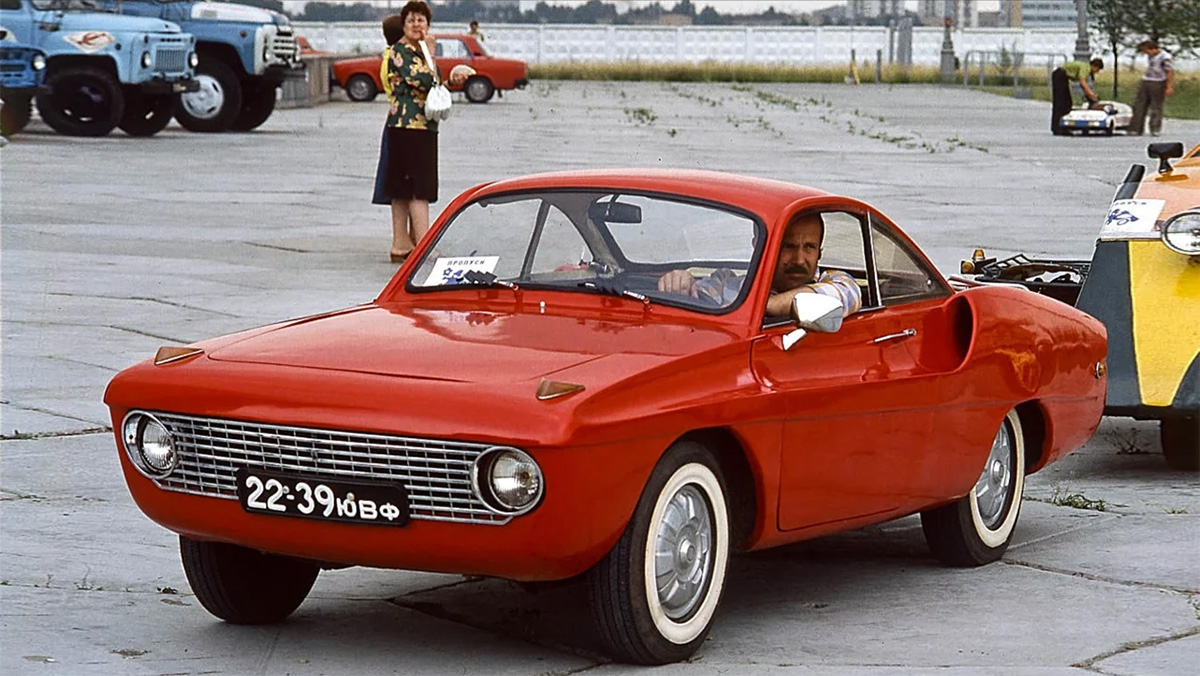

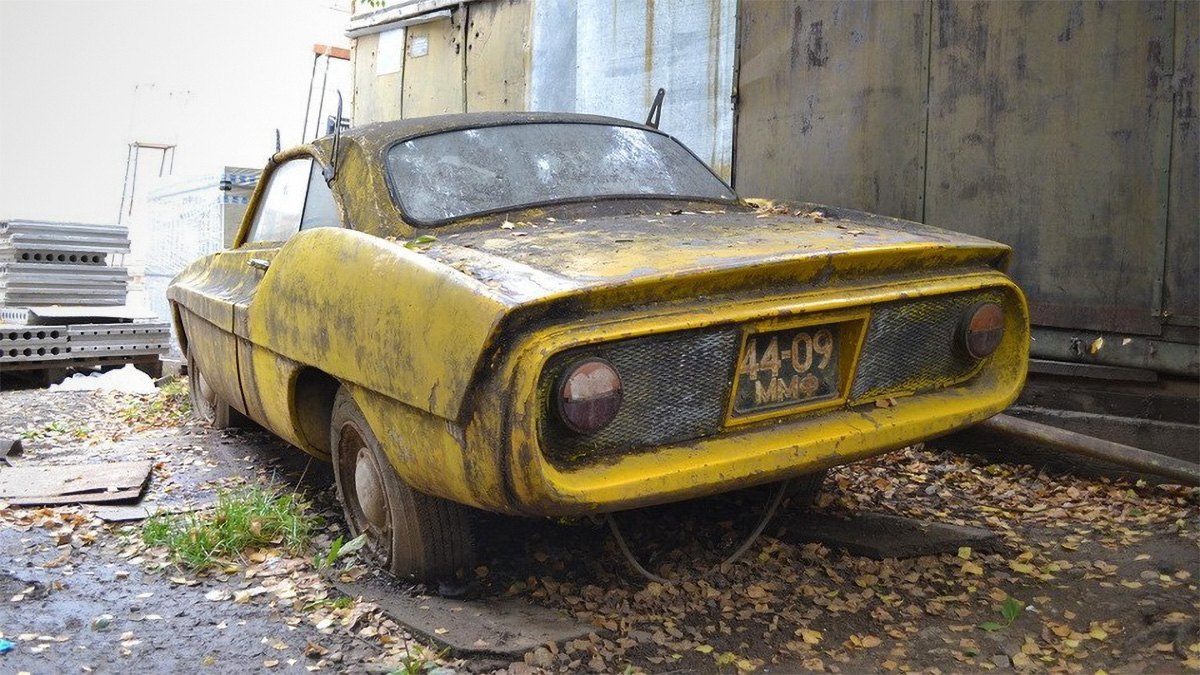
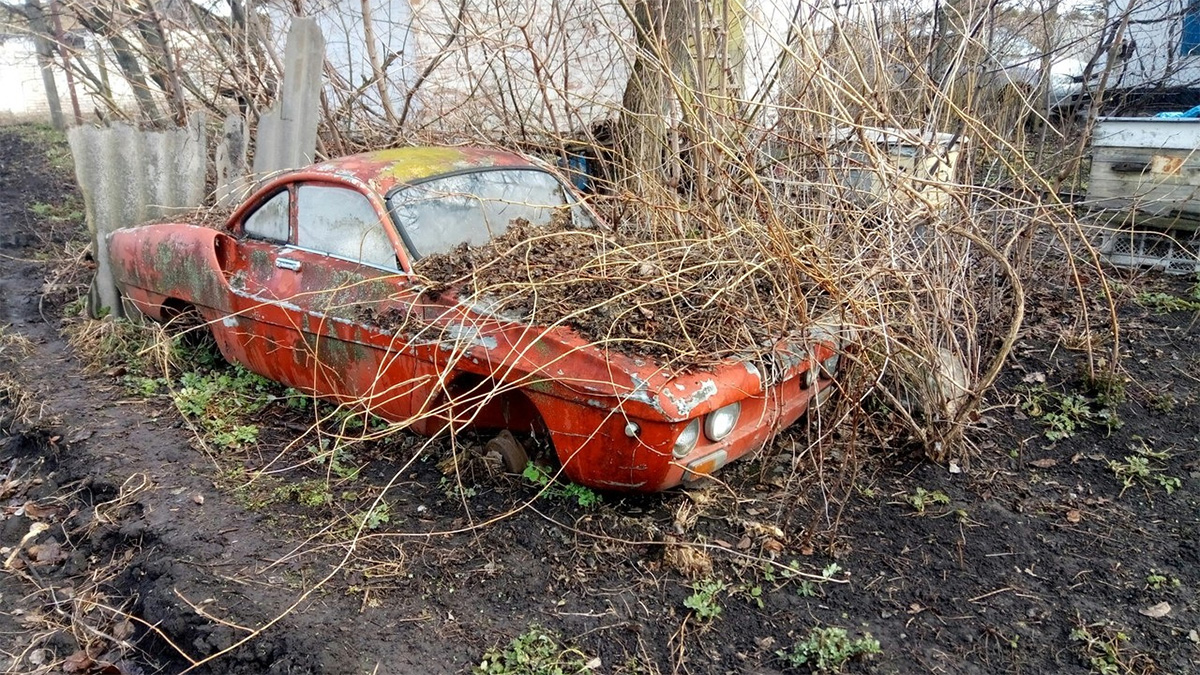
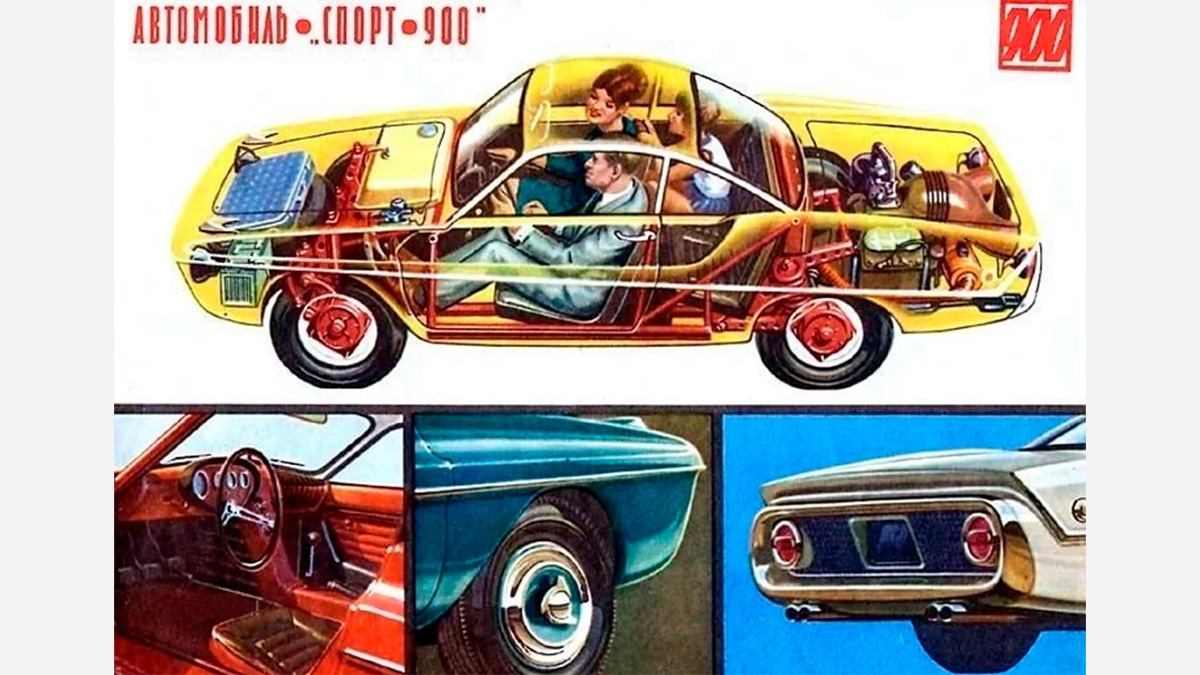
Despite the planned economy and dependence on government orders, no one prevented NAMI employees from taking the initiative and designing something interesting in their free time. This is how the Sport-900 appeared - perhaps one of the most beautiful Soviet cars of that period.
It was created by an initiative group consisting of designers Eduard Molchanov and Felix Khaydukov, engineers Igor and Lev Durnov, artist Vladimir Yeltyshev and chemist Anatoly Syvorotkin. The car was based on units from the ZAZ-965, however, thanks to the fiberglass body, the Sport-900 weighed 125 kilograms less than the original - only 500 kilograms. And this is with the landing formula 2 + 2!
In the period from 1963 to 1969, only six of these machines were manufactured, which differed slightly in terms of design. All of them were distributed among six members of the same initiative group. The coupe, alas, did not receive mass distribution.
NAMI-0100
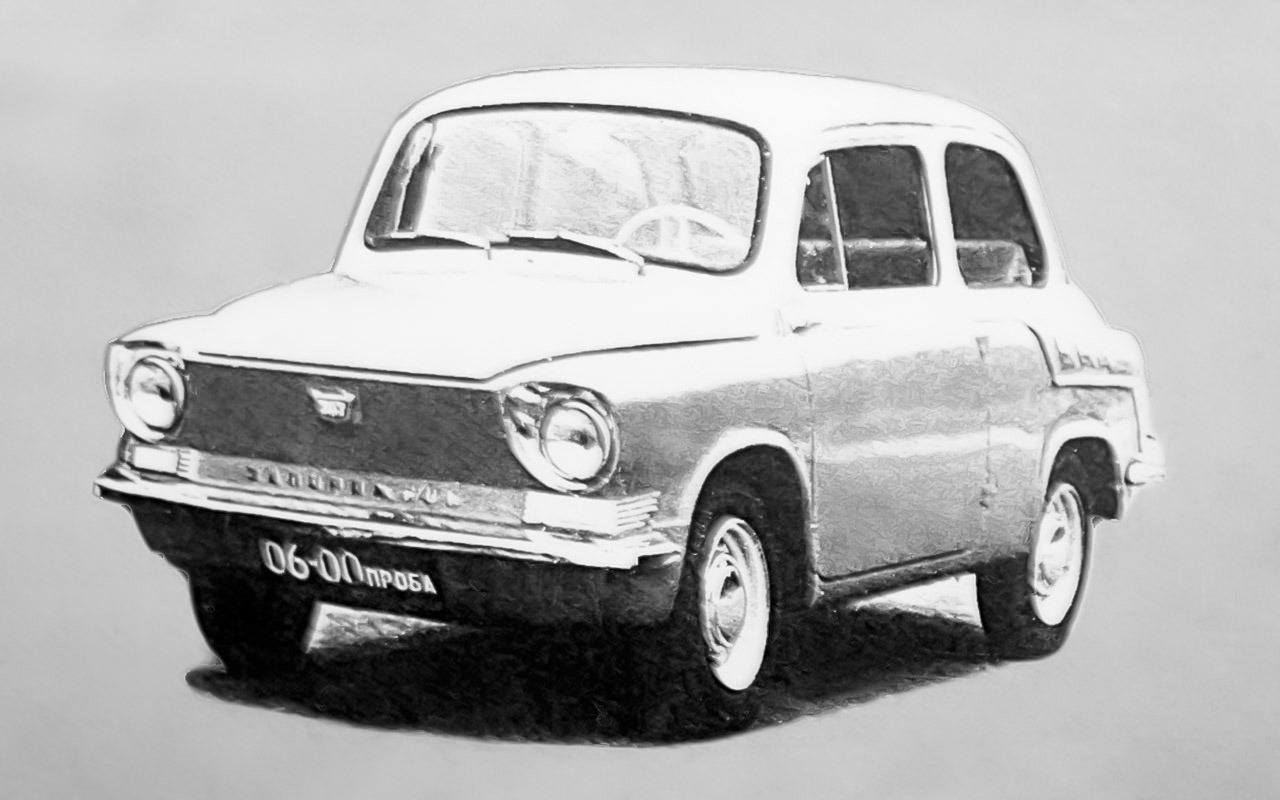
NAMI-0100 has become one of the latest upgrade options for ZAZ-965. It appeared at the end and, by and large, was useless: by that time, the development of the ZAZ-966 had already been completed, with which they planned to replace the obsolete Hunchback. Although the pointed muzzle does not look funny.
NAMI-0137
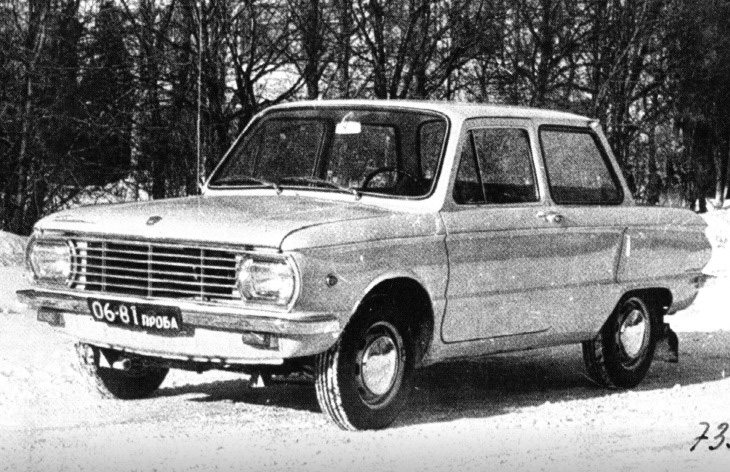
Zaporozhets can hardly be called a comfortable car, but it has two fundamental problems that have nothing to do with its budget. The first is a naughty air-cooled engine that loves to overheat in warm weather. The second is a tendency to oversteer, which is explained by the layout features.
Both problems were theoretically solved by the NAMI-0137 prototype.
It was planned that such a Zaporozhets would become the main taxi car in small towns. However, the project, which proved to be excellent in testing, was never given the green light. Because at that time ZAZ-966 was already being produced, and it turned out to be too difficult and expensive to modernize both ZAZ and MeMZ under the new concept.
El Motors Humpbacked
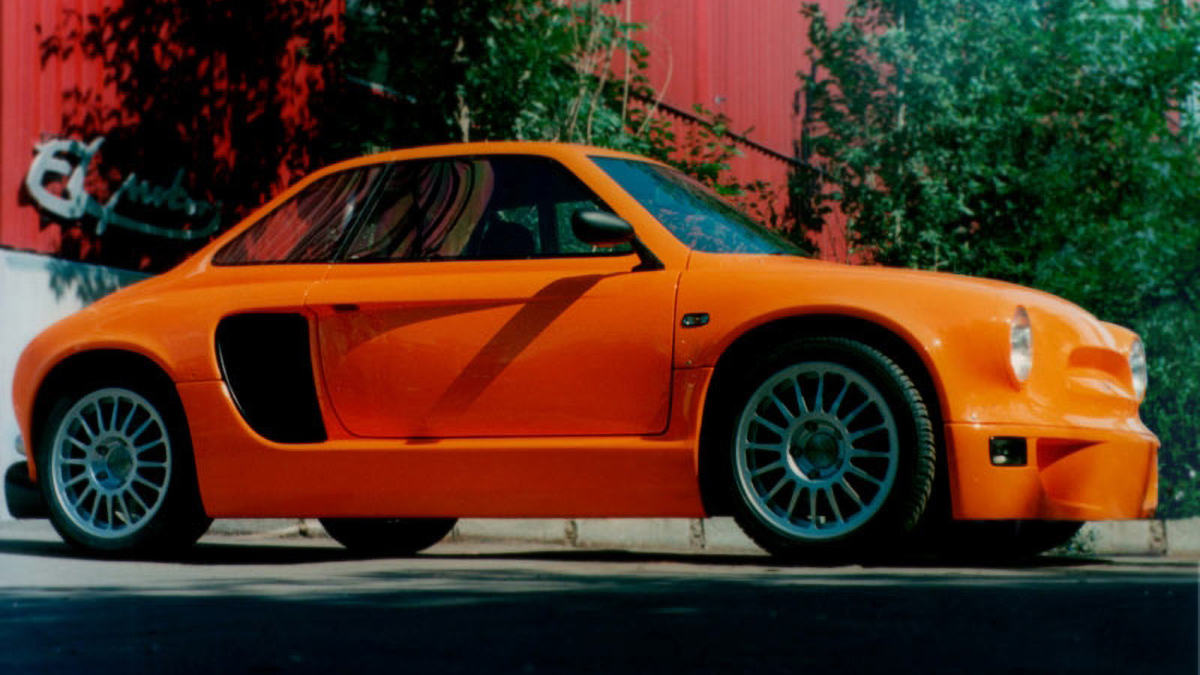

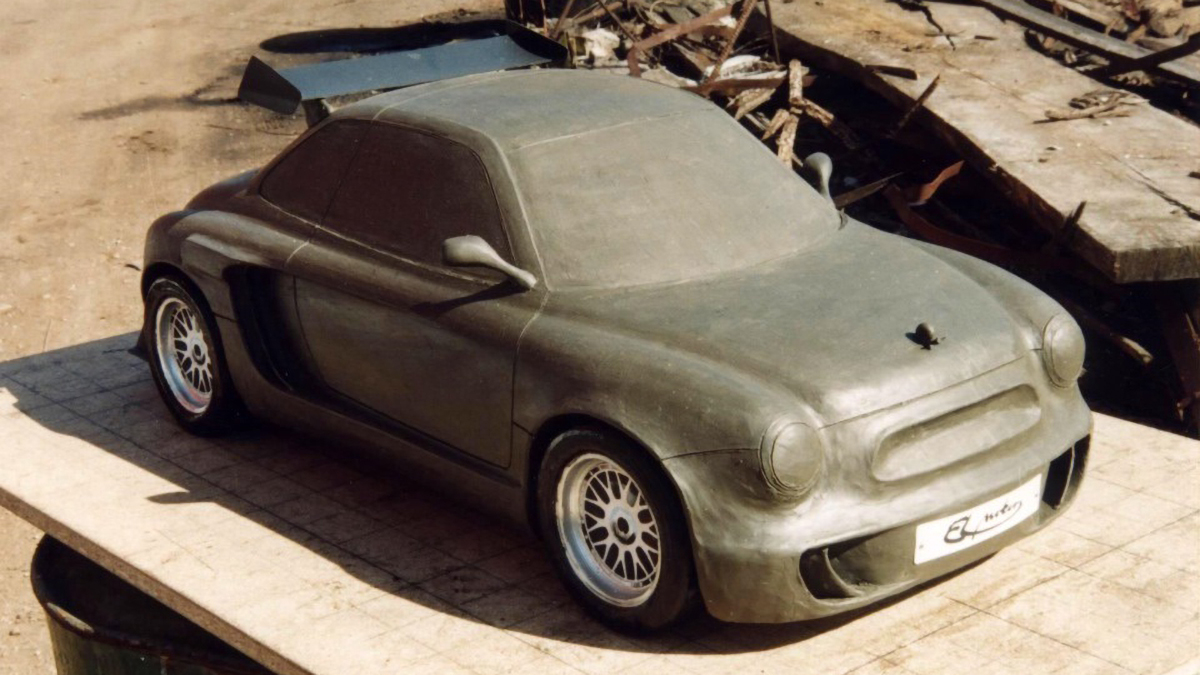



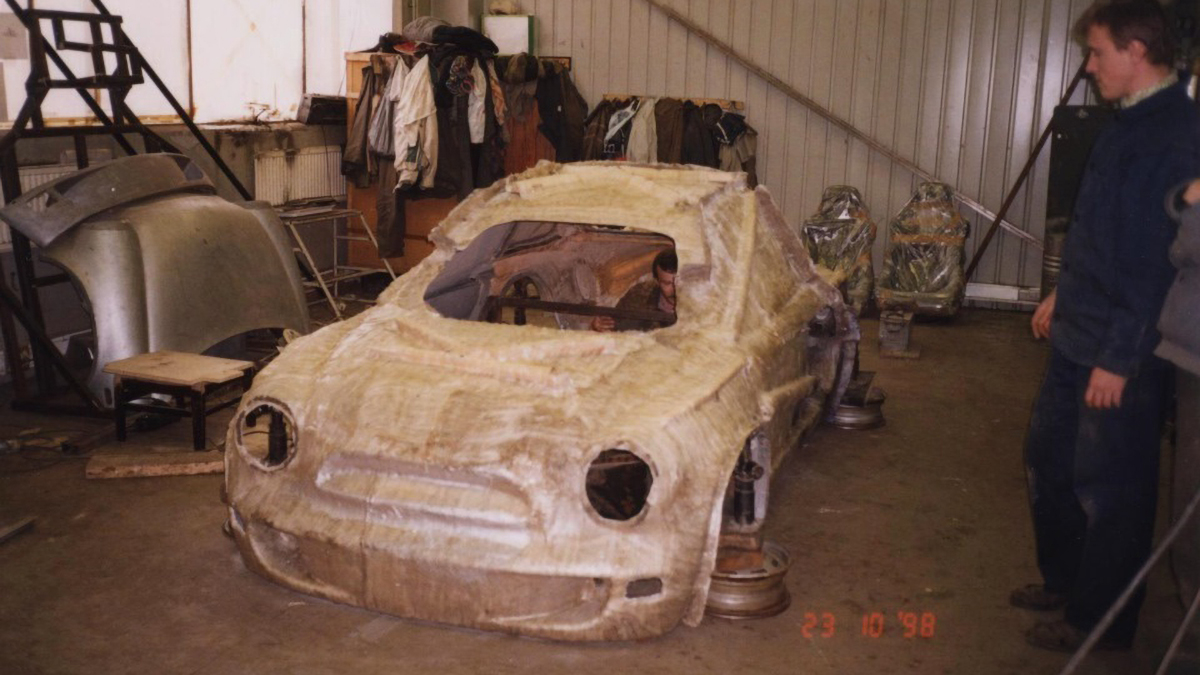
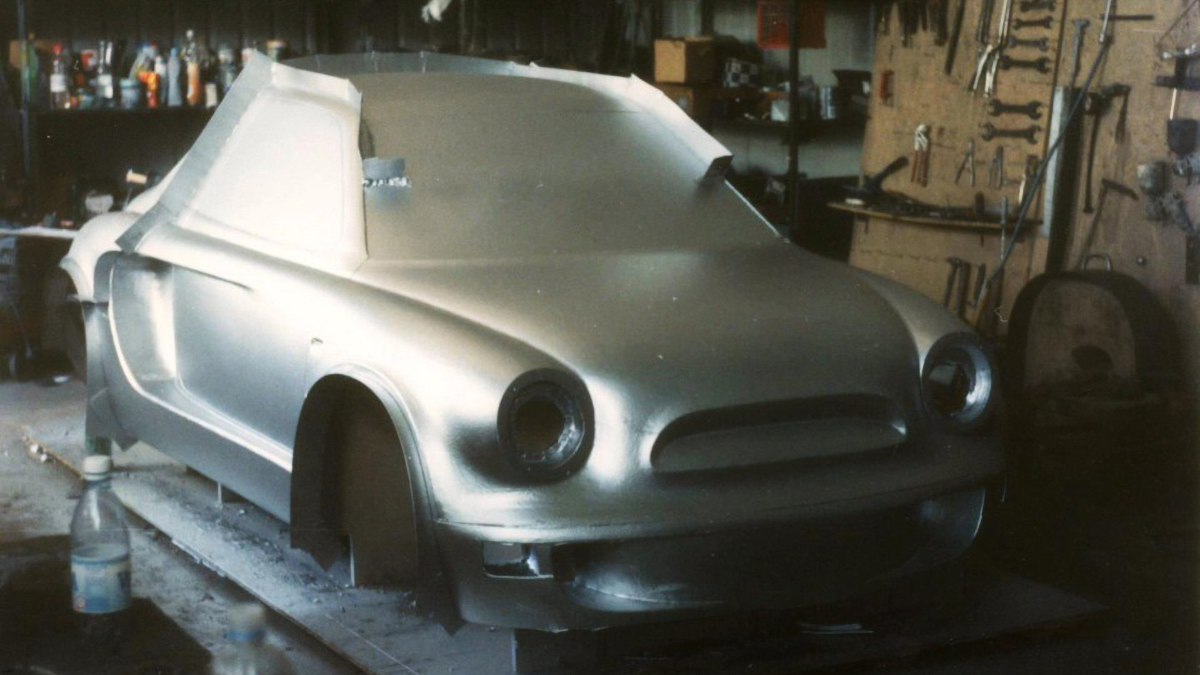
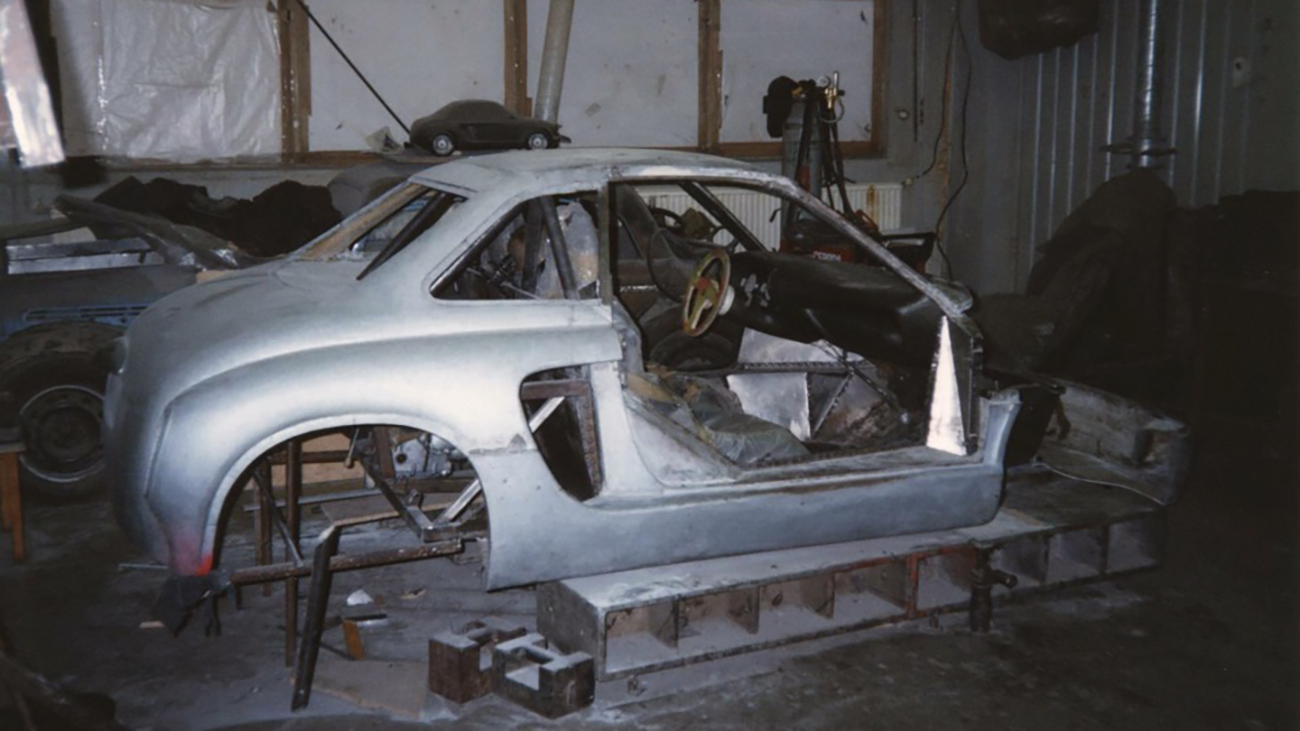
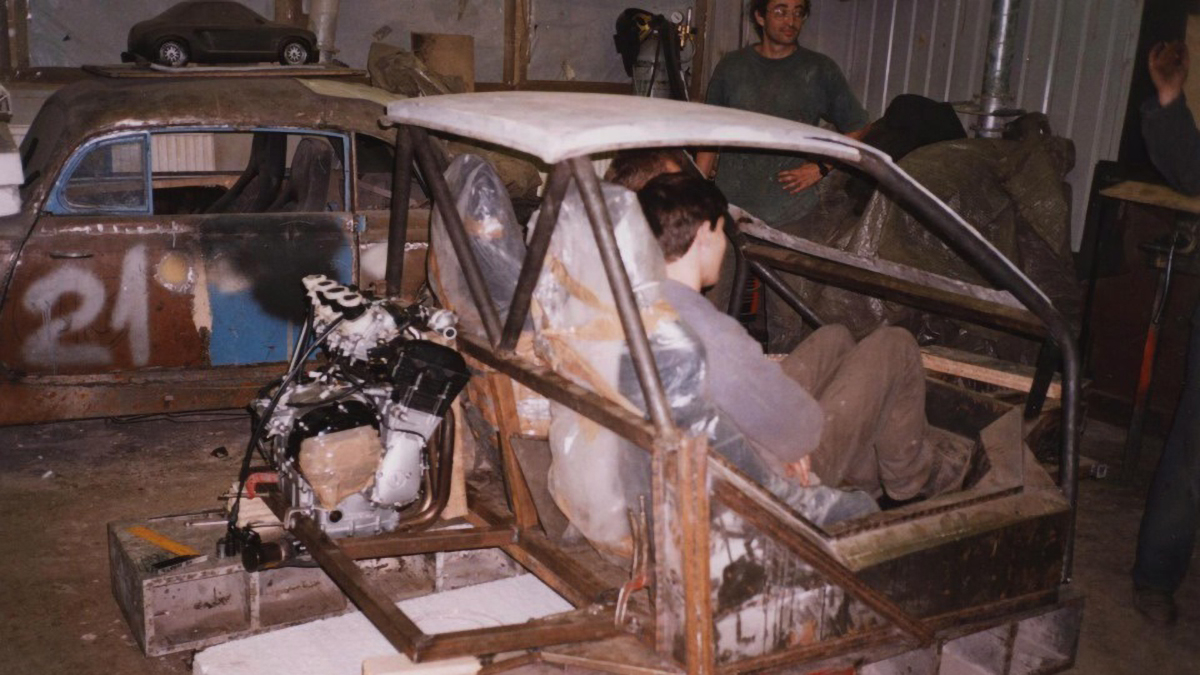
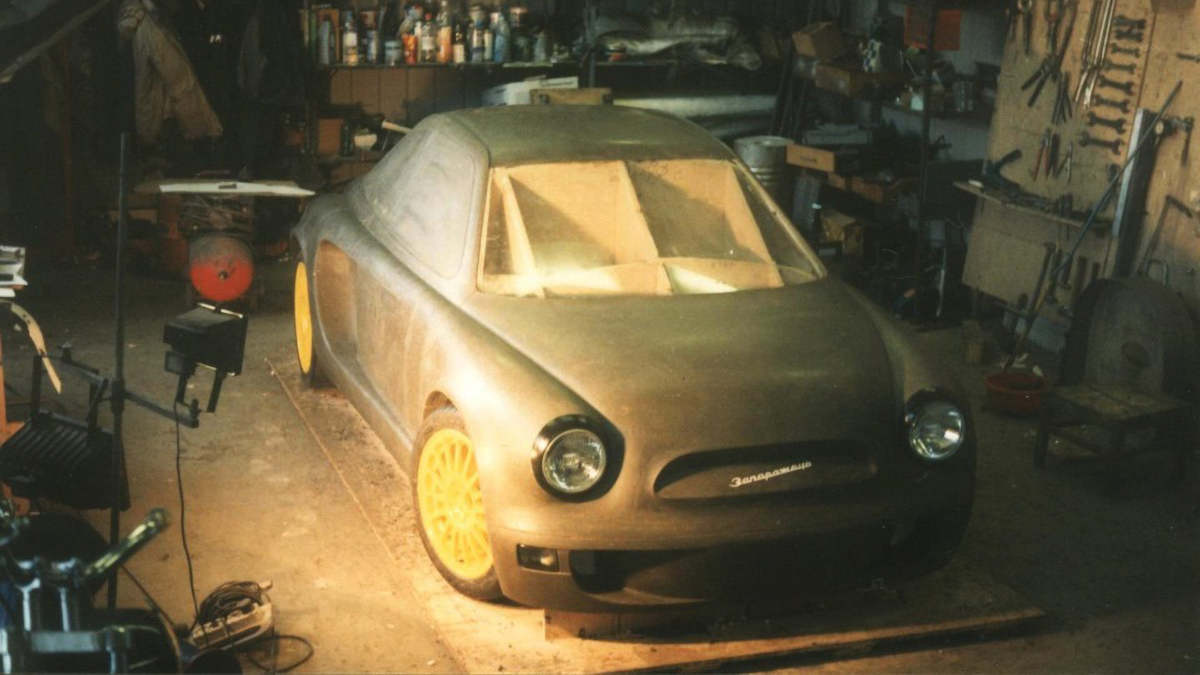
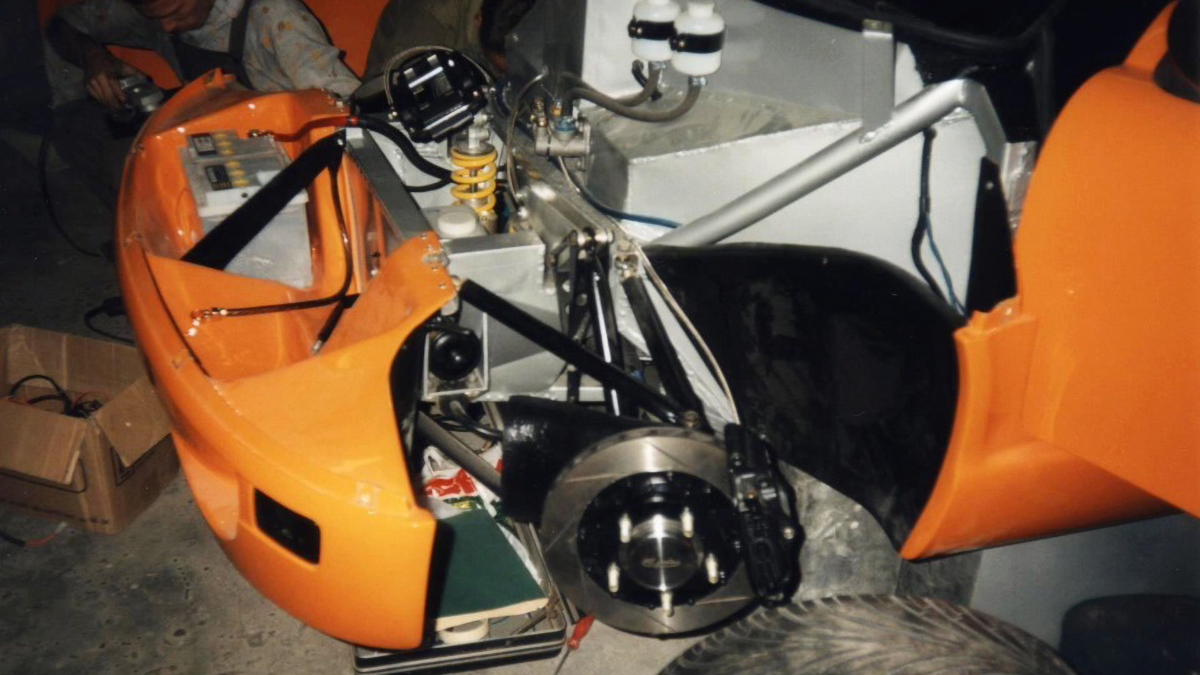

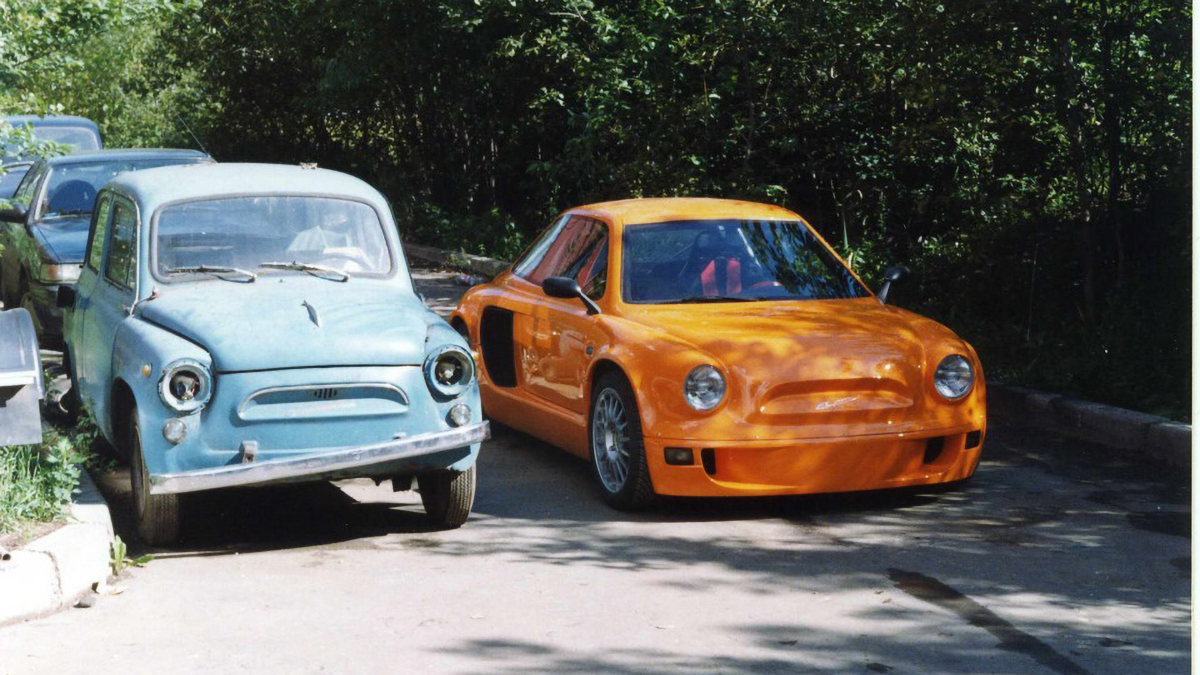

Probably, this is exactly how they would like to see the ZAZ-965 at the Zaporozhye Automobile Plant. Alas, Humpbacked's "Clockwork Orange" exists in a single copy and is now in the Retro Union Museum (St. Petersburg).
With all the outward resemblance to the Hunchback, the car has nothing to do with the Cossacks. It is based on a steel monocoque covered with fiberglass panels. Wishbone suspensions and two synchronized engines from the Yamaha YZF R1 are attached to the power structure of the body. The latter develop a total of 300 horsepower. SuperZAZ also has two gearboxes, both of them are sequential and transmit traction to the rear axle.
Due to the fact that the mass of the car is only 800 kilograms, its dynamics are respectful even by today's standards: acceleration to 100 kilometers per hour takes 4 seconds. And only the one that was crossed with Lotus Exige not so long ago can compete with such a Zaporozhets .
https://mag.auto.ru/article/unknownzazjubilee/
ZAZ-965


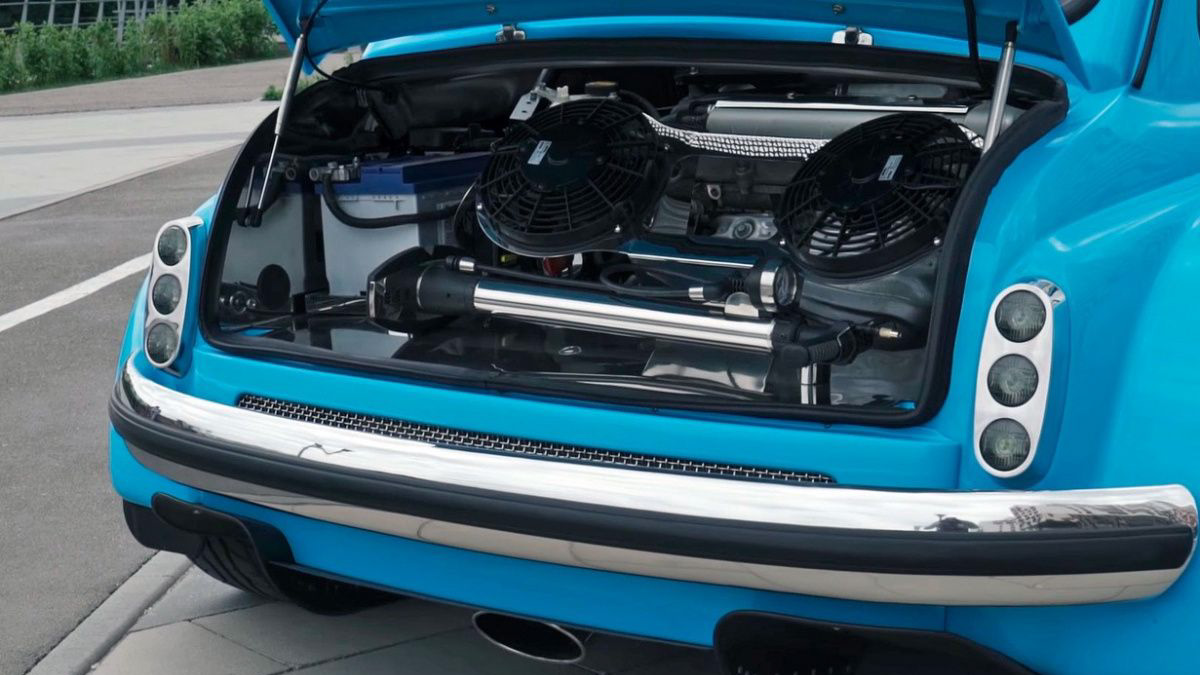
In the summer of 2019, all automotive publications wrote about this super-humpback - because the ZAZ-965 and Lotus Exige hybrids are not found every day, you know. The unique project, which was created with the participation of foreign companies, is now estimated at about 20 million rubles. That is, 1250 times more expensive than the Gorbaty cost in the Soviet Union before the monetary reform.
In addition to the chassis and engine from a British sports car, the Zhuzhik tried on headlights from Harley-Davidson, a Bentley electric pump, and a premium audio system with Yamaha speakers. The integrated safety cage and Schroth four-point seat belts are responsible for the safety of the pilot and passenger, and the Webasto folding fabric roof is responsible for the supply of fresh air and vitamin D.
https://mag.auto.ru/article/sovietcustomcars/






No comments:
Post a Comment